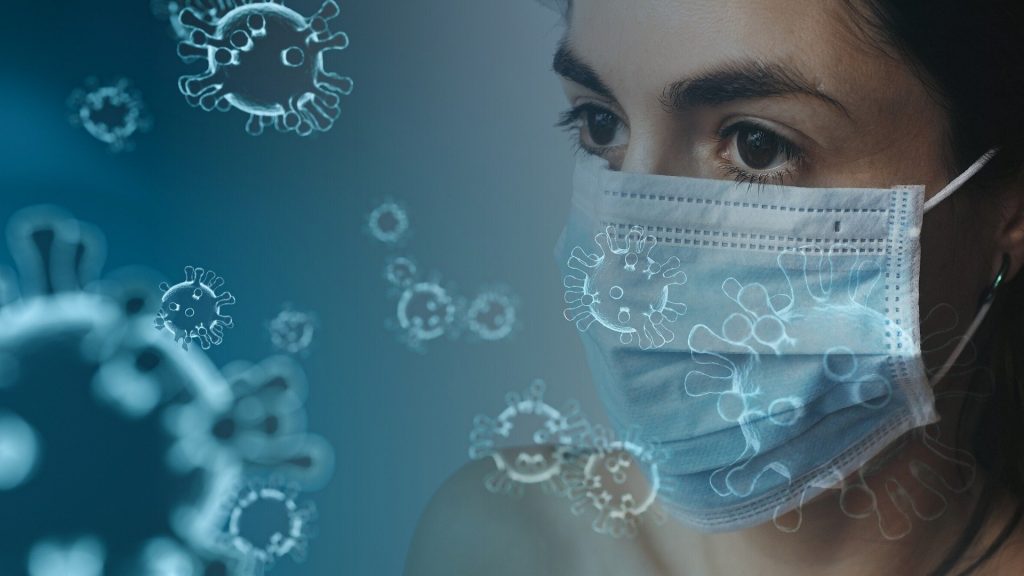This article is a guest post by Ricky Philip of ThinkPalm Technologies. All views/opinions/suggestions are that of the guest writer. This Website may or may not subscribe to them.
The COVID-19 pandemic has brought a lot of innovative digital health services to the sectors that provide more comprehensive patient care. Nowadays, health care industries leverage innovative Internet of Things (IoT) technologies that enable patients to self-report or transmit health-related data directly to doctors. These progressions in IoT have allowed the health sector to cope up with the emerging demands and overcome challenges on several occasions.
How IoT Devices Will Enhance Healthcare
The IoT technology enables healthcare employees to remotely implement their services without the need for their physical presence beside each patient’. IoT-based remote monitoring can contribute to a great opportunity of assistance to all medical professionals and nursing staff, in turn, reducing the physical effort required by healthcare workers. As we approach mid-2021, every industry has understood the significance of safety in public and how inevitable remote services have become. Everything from IoT-based sensors to thermal scanners has helped industries focus on their commitment to public safety. IoT devices provide healthcare workers with precise and accurate data; this data is monitored continuously and can notify medical staff when a case requires medical intervention. With the innovative cloud-based solutions and storage servers, millions of patient historical data can also be stored from these devices and accessed anytime.
Emerging IoT Technology That Fuel Health Industry
Smart Thermal Detection
This innovative IoT technology depends on thermal scanners which are sensitive to heat radiations and can identify temperatures beyond a certain degree. The temperature will be precisely displayed on a monitoring screen or can be connected to an automatic alarm system that presents a quick means of detection to cases of fever in passing human beings. These IoT-based imaging systems implement dual-sensor configurations, of which one is a visual sensor and, the other is a thermal sensor both constructed within the camera. This facilitates a high degree of imaging precision and efficiency to scan thousands of people at a time or to accurately collect and store this data in a cloud database.
Surveillance Network
IoT technology with unmanned drones allowed the usage of remote surveillance in extremely uncertain and highly volatile areas. Arial IoT-based Unmanned Aerial Vehicles (UAVs) describes an illustration of video surveillance obtained by drones which can be utilized to distinguish any questionable activities among the peoples. These unmanned drones can record data with the help of onboard integrated transmission devices using high-speed network connectivity to a cloud-based server for analysis.
Self-Monitoring Devices
The home located IoT devices are currently in use to enhance outpatient facilities, on-time health services delivery, and reduce periodic appointments. An IoT-based prescription control is efficient in decreasing the burden of medical personnel, by constantly notifying patients of their medication and assisting them to maintain compliance. IoT-based smartwatches and scanners provide doctors with a real-time track of a patient’s health and analyze the patient’s recovery by connecting it to medical databases.
The Benefits Of Cognitive Internet of Medical Things
The Internet of Things (IoT) consists of a large network of interconnected physical objects such as sensors, thermal scanners, health monitoring devices, smart devices, home appliances, autonomous vehicles, etc. This massive connectivity enables objects to interact with each other and with people automatically, and effectively provide service to the users. To satisfy this ever-increasing bandwidth requirement, the cognitive radio-based IoT called Cognitive IoT (CIoT) is an innovative technology for the efficient utilization of scarce spectrum.
Internet of Medical Things (IoMT) considers the interconnectedness of medical equipment, the effectiveness of software applications in healthcare, and data about the healthcare industry. Smart healthcare monitoring is an emerging application of IoT which is best applicable during this COVID-19 pandemic. The Cognitive Internet of Medical Things (CIoMT) is a part of CIoT and further CIoT is a part of conventional Internet of Things (IoT) technology. The seamless combination of sensory data, automatic processing, and communication through networks for health industries is all facilitated by CIoMT.
IoT services are unquestionably reconstructing the healthcare sector by redefining the interaction between smart devices and people. The concept of healthcare-specific IoT devices initiates endless opportunities and the immense quantity of data generated by these devices holds the capability to transform healthcare. This big data and IoT technology is an asset for healthcare stakeholders to enhance patient’s health and experiences while improving opportunities and healthcare operations especially during pandemics.
About The Author
Ricky Philip is an industry expert and a professional writer working at ThinkPalm Technologies. He works with a focus on understanding the implications of new technologies such as artificial intelligence, big data, SDN/NFV, cloud analytics, and IoT services. He is also a contributor to several prominent online publishing platforms such as DZone, HubSpot and Hackernoon.


